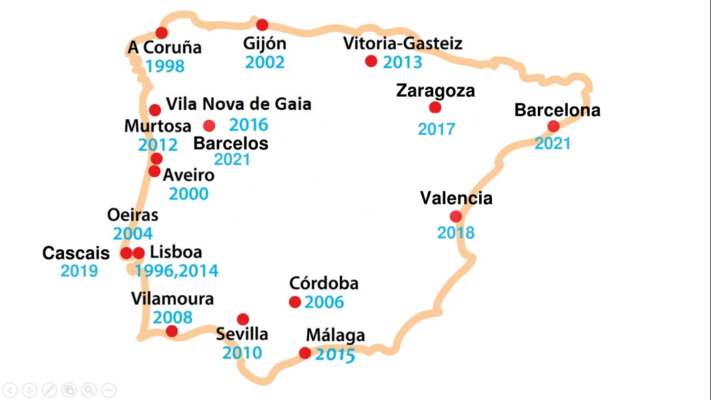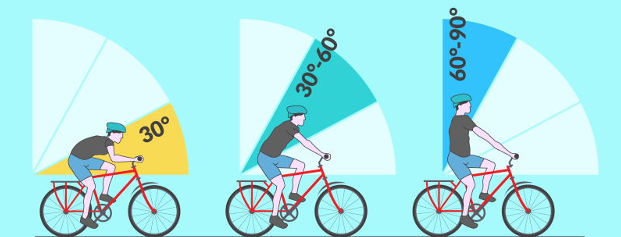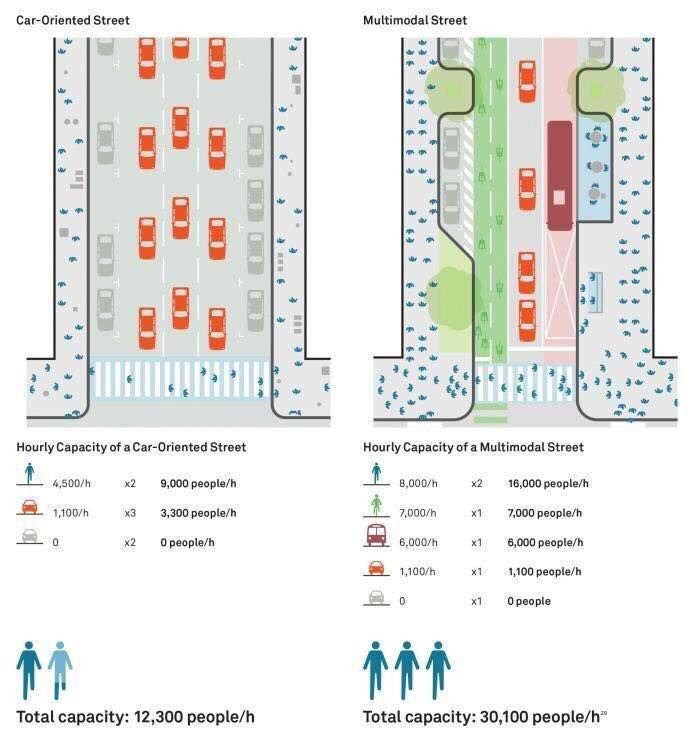Cycling is related to psychology and produces a series of mental benefits as I wrote about it here, here and here. On the other hand, it also provokes a lot of body health benefits. The first post of this series deals with the weight control, muscle development and immune system reinforcement.
The basic equation when intending to loss weight is calories out must exceed calories in. In other words, you need to burn more calories than you consume. Researchers have determined that cycling burns between 400 and 1,000 calories per hour, depending on intensity and bicycler weight. Other research shows that riding for just thirty minutes every day will burn nearly five kilograms of fat over a year. Furthermore, you decide the time and intensity of cycling, thus you can adapt them to your needs.
Additional implications are the joy this activity produces when practiced and how much time you spend burning calories on a bike. Moreover, riding increases your metabolic rate which is closely related to burning body fat. However, weight loss by cycling is boosted with a healthy eating plan.
Next, riding a bike also builds muscle, specially around the glutes, hamstrings, quads and calves. Impressively, muscle is leaner than fat and people with a higher percentage of muscle burn more calories practicing the same sport.
Finally, the immune system is strengthen when cycling. Researchers have found benefits of the upper respiratory system (and reducing instances of the common cold). In addition, mild exercise can improve your immune system by increasing production of essential proteins and waking up lazy white blood cells.
Nevertheless, some research suggests that immediately after intense exercise your immune system is lowered, but adequate recovery such as eating and sleeping well reverses it.


